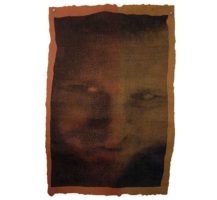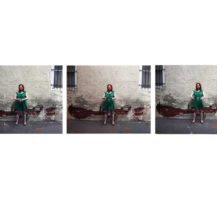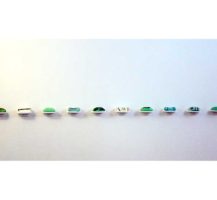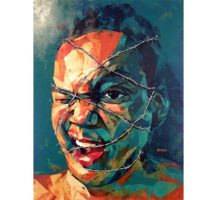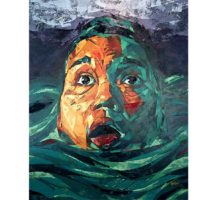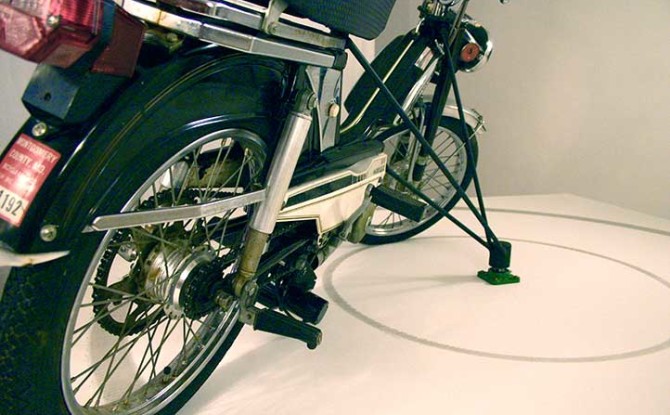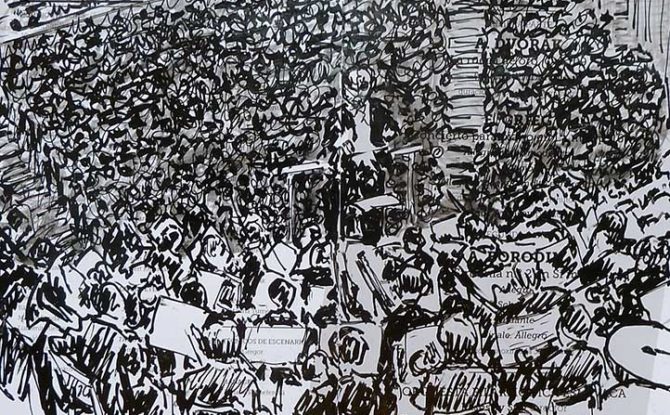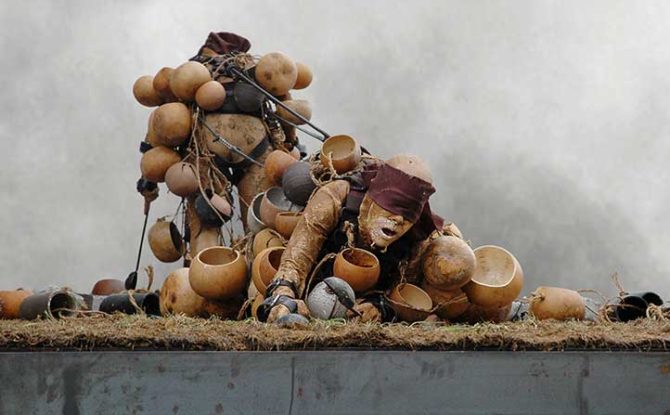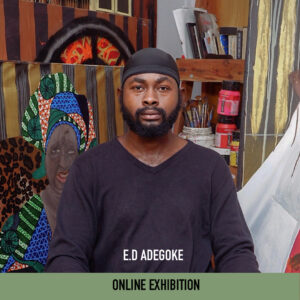July 2013
Complexities: Nuvo-Avant-Garde
The Nuvo-Avant-Garde represents synthesis, and dwells in the synthetic. As the twenty-first century moves through a kind of puberty, parts of culture are progressing at a rate that society can’t quite reconcile. The N-A-G manifests just such a growth spurt in comceptual art. Through thinly veiled acts of manipulation, the curatorial/authorial impulse gives way/meaning to the works on view.
The site of exhibition itself is uncertain. Through pervasive and atmospheric destability, truth participates in a fog/system of ambivalence. The distinction, were it ever clear, between mediation and meditation is now lost in the aether.
We find meaning in disintegration. The fleeting significance of our dynamic images/actions are disjointed, we embrace chaos. Alone, we snuggle our technologies. The Nuvo-Avant-Garde is no more or less miserable than our ancestral vanguards, but maybe we care a little more/less. Our hearts bleed/tweet for the promise of ambiguity. Our bad jokes shadow your longing and the shortcomings of human expression.
The Nuvo-Avant-Garde dreams in screen savers and intuits when to ford the river or to caulk the wagon and float. They had the internet before they had their period. It is through that very disambiguation that the Nuvo-Avant-Garde is united, that they post, like, and follow.
Featuring Eames Armstrong, Melinda Diachenko, Amanda Lineweber, Ian McDermott, Lindsay Rowinski, Sviatoslav Voloshin, Justin Zamieroski, Kirk Zamieroski.
Soapbox is a performance arts series aimed at promoting this critical, yet underrepresented, art form in Washington, DC. Soapbox’s mission is to cultivate emerging talent and showcase the best that performance art has to offer. Soapbox is a platform for performance artists to present their work in an intimate setting that allows the audience to fully appreciate the artist’s work. Click here to learn more.


